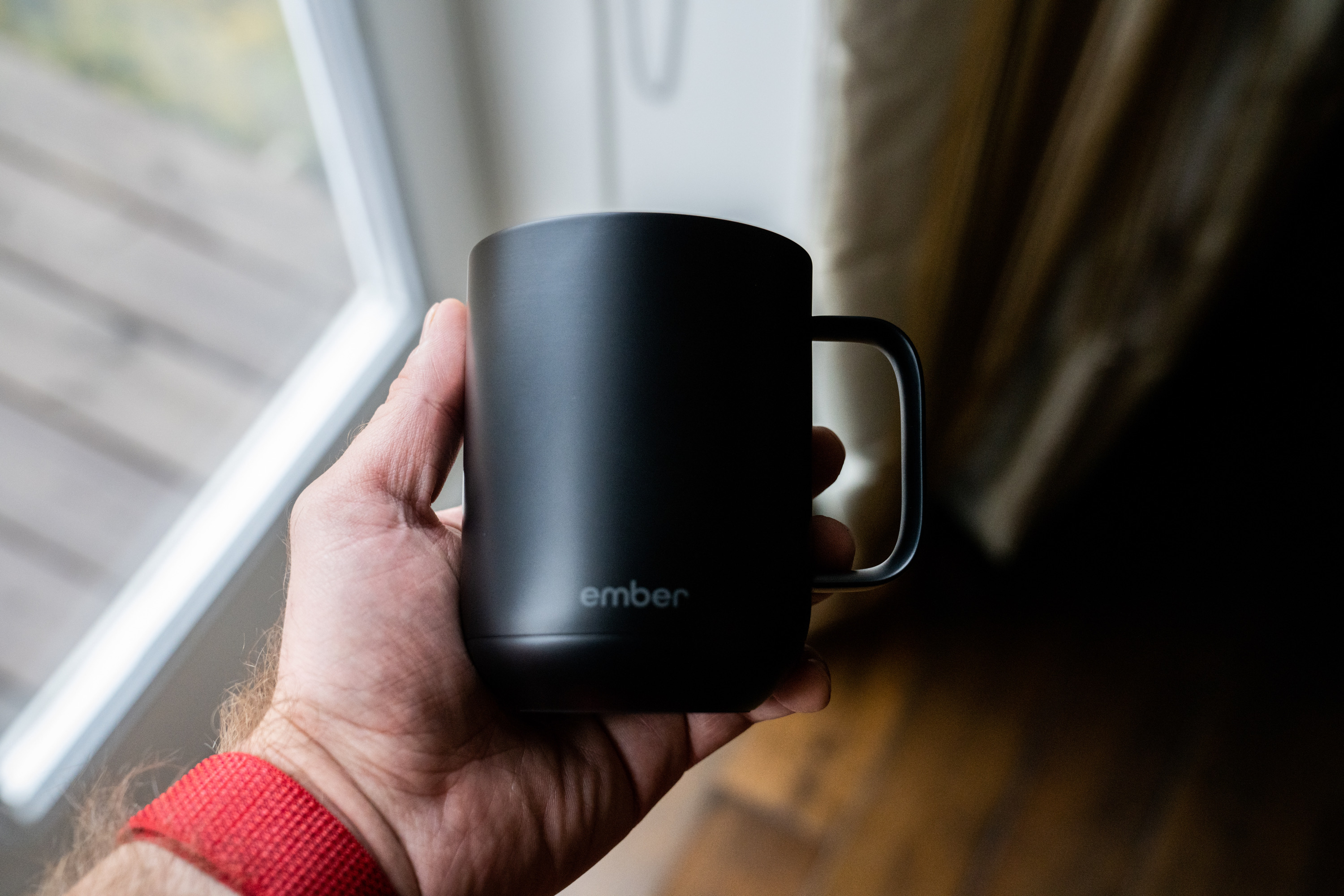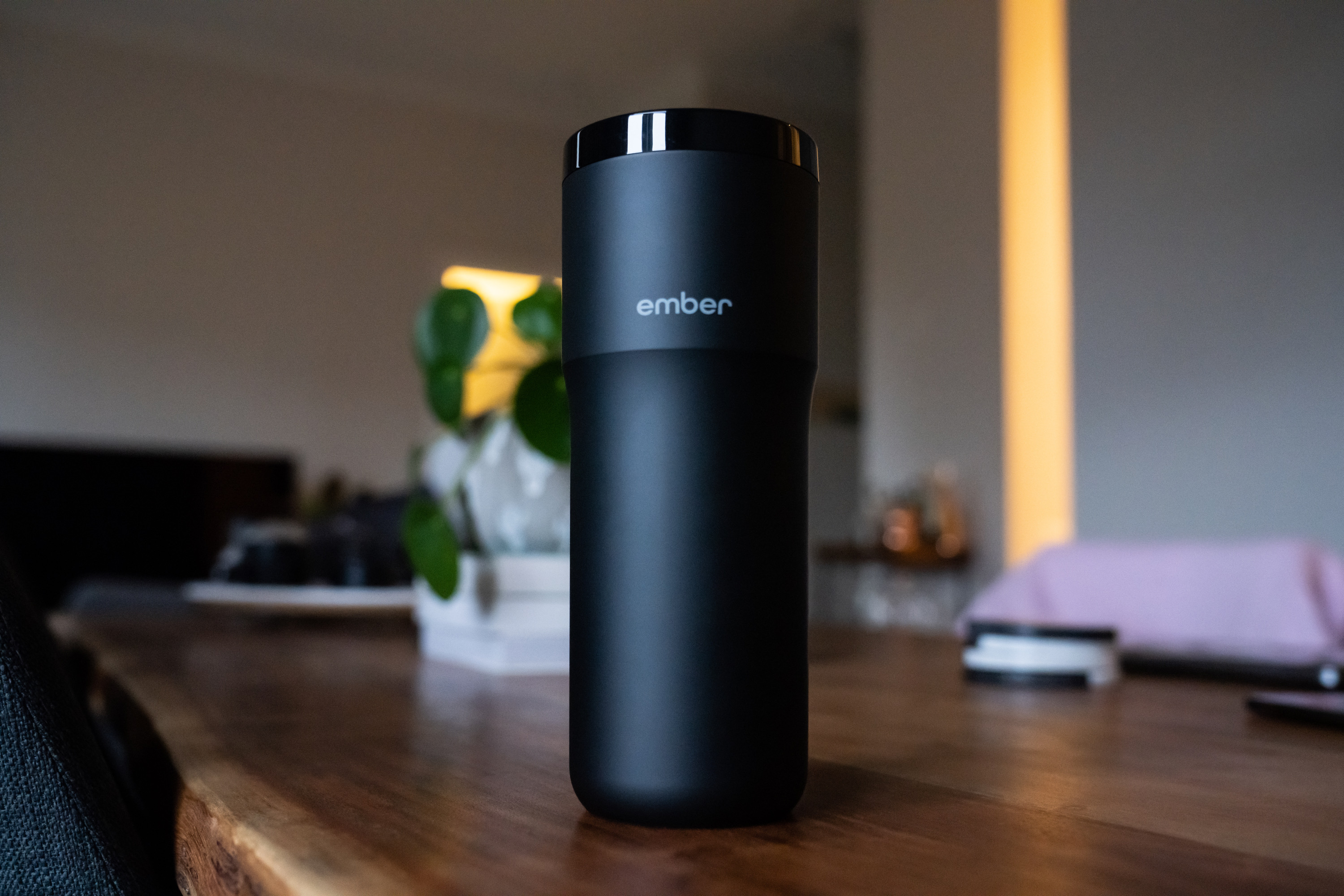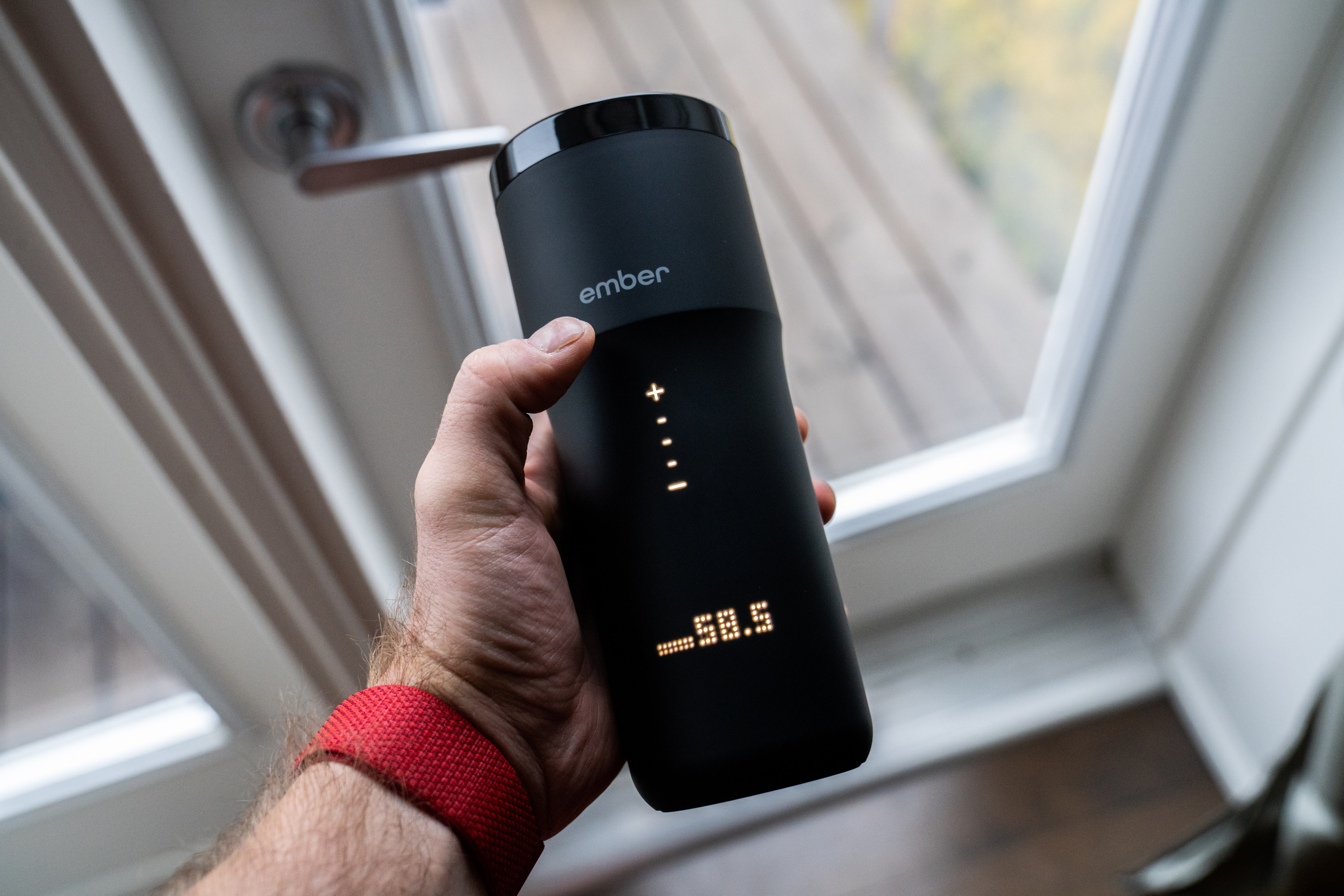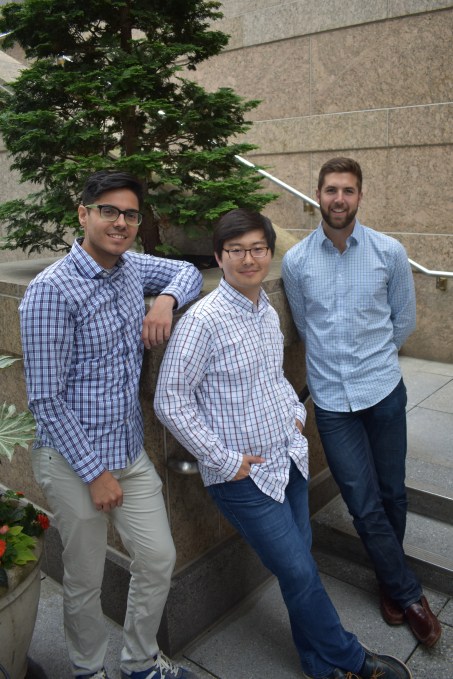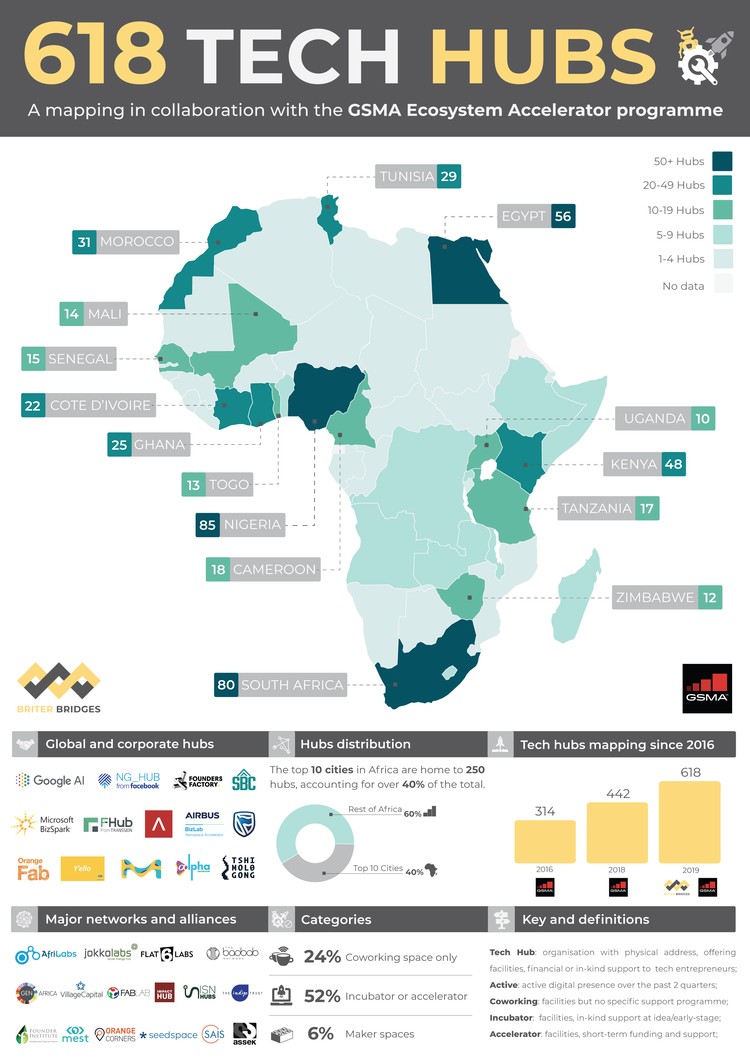Berlin-based femtech startup Inne is coming out of stealth to announce an €8 million (~$8.8M) Series A and give the first glimpse of a hormone-tracking subscription product for fertility-tracking and natural contraception that’s slated for launch in Q1 next year.
The Series A is led by led by Blossom Capital, with early Inne backer Monkfish Equity also participating, along with a number of angel investors — including Taavet Hinrikus, co-founder of TransferWise; Tom Stafford, managing partner at DST; and Trivago co-founder Rolf Schromgens.
Women’s health apps have been having a tech-fuelled moment in recent years, with the rise of a femtech category. There are now all sorts of apps for tracking periods and the menstrual cycle, such as Clue and Flo.
Some also try to predict which days a women is fertile and which they’re not — offering digital tools to help women track bodily signals if they’re following a natural family planning method of contraception, or indeed trying to conceive a baby.
Others — such as Natural Cycles — have gone further down that path, branding their approach “digital contraception” and claiming greater sophistication vs traditional natural family planning by applying learning algorithms to cycle data augmented with additional information (typically a daily body temperature measurement). Although there has also been some controversy around aggressive and even misleading marketing tactics targeting young women.
A multi-month investigation by the medical device regulator in Natural Cycles’ home market, instigated after a number of women fell pregnant while using its method, found rates of failure were in line with its small-print promises but concluded with the company agreeing to clarify the risk of the product failing.
At issue is that the notion of “digital contraception” may present as simple and effortless — arriving in handy app form, often boosted by a flotilla of seductive social media lifestyle ads. Yet the reality for the user is the opposite of effortless. Because in fact they are personally taking on all of the risk.
For these products to work the user needs a high level of dedication to stick at it, be consistent and pay close attention to key details in order to achieve the promised rate of protection.
Natural contraception is also what Inne is touting, dangling another enticing promise of hormone-free contraception — its website calls the product “a tool of radical self-knowledge” and claims it “protect[s]… from invasive contraceptive methods”. It’s twist is it’s not using temperature to track fertility; its focus is on hormone-tracking as a fertility measure.
Inne says it’s developed a saliva-based test to measure hormone levels, along with an in vitro diagnostic device (pictured above) that allows data to be extracted from the disposable tests at home and wirelessly logged in the companion app.
Founder Eirini Rapti describes the product as a “mini lab” — saying it’s small and portable enough to fit in a pocket. Her team has been doing the R&D on it since 2017, preferring, she says, to focus on getting the biochemistry right rather than shouting about launching the startup. (It took in seed funding prior to this round but isn’t disclosing how much.)
At this stage Inne has applied for and gained European certification as a medical device. Though it’s not yet been formally announced.
The first product, a natural contraception for adult women — billed as best suited for women aged 28-40, i.e. at a steady relationship time-of-life — will be launching in select European markets (starting in Scandinavia) next year, though initially as a closed beta style launch as they work on iterating the product based on user feedback.
“It basically has three parts,” Rapti says of the proposition. “It has a small reader… It has what we call a little mouth opening in the front. It always gives you a smile. That’s the hardware part of it, so it recognizes the intensity of your hormones. And then there’s a disposable saliva test. You basically collect your saliva by putting it in your mouth for 30 seconds. And then you insert it in the reader and then you go about your day.
“The reader is connected to your phone, either via BlueTooth or wifi, depending on where you are taking the test daily… It takes the reading and it sends it over to your phone. In your phone you can do a couple of things. First of all you look at your hormonal data and you look at how those change throughout the menstrual cycle. So you can see how they grow, how they fall. What that means about your ovulation or your overall female health — like we measure progesterone; that tells you a lot about your lining etc. And then you can also track your fluids… We teach you how to track them, how to understand what they mean.”
As well as a contraception use-case, the fertility tracking element naturally means it could also be used by women wanting to get pregnant. 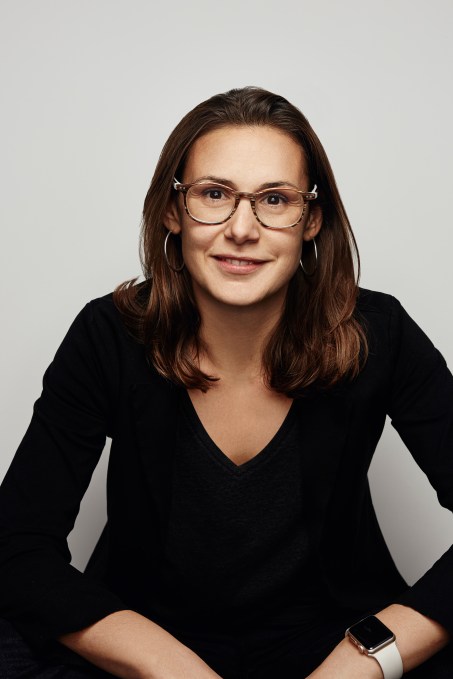
“This product is not a tracker. We’re not looking to gather your data and then tell you next month what you should be feeling — at all,” she adds. “It’s more designed to track your hormones and tell you look this is the most basic change that happens in your body and because of those changes you will feel certain things. So do you feel them or not — and if you don’t, what does it mean? Or if you do what does it mean?
“It builds your own hormonal baseline — so you start measuring your hormones and we go okay so this is your baseline and now let’s look at things that go out of your baseline. And what do they mean?”
Of course the key question is how accurate is a saliva-based test for hormones as a method for predicting fertility? On this Rapti says Inne isn’t ready to share data about the product’s efficacy — but claims it will be publishing details of the various studies it conducted as part of the CE marking process in the next few weeks.
“A couple more weeks and all the hardcore numbers will be out there,” she says.
In terms of how it works in general the hormone measurement is “a combination of a biochemical reaction and the read out of it”, as she puts it — with the test itself being pure chemistry but algorithms then being applied to interpret the hormonal reading, looping in other signals such as the user’s cycle length, age and the time of day of the test.
She claims the biochemical hormone test the product relies on as its baseline for predicting fertility is based on similar principles to standard pregnancy tests — such as those that involve peeing on a stick to get a binary ‘pregnant’ or ‘not pregnant’ result. “We are focused on specifically fertility hormones,” she says.
“Our device is a medical device. It’s CE-certified in Europe and to do that you have to do all kinds of verification and performance evaluation studies. They will be published pretty soon. I cannot tell you too much in detail but to develop something like that we had to do verification studies, performance evaluation studies, so all of that is done.”
While it developed and “validated” the approach in-house, Rapti notes that it also worked with a number of external diagnostic companies to “optimize” the test.
“The science behind it is pretty straightforward,” she adds. “Your hormones behave in a specific way — they go from a low to a high to a low again, and what you’re looking for is building that trend… What we are building is an individual curve per user. The starting and the ending point in terms of values can be different but it is the same across the cycle for one user.”
“When you enter a field like biochemistry as an outsider a lot of the academics will tell you about the incredible things you could do in the future. And there are plenty,” she adds. “But I think what has made a difference to us is we always had this manufacturability in mind. So if you ask me there’s plenty of ways you can detect hormones that are spectacular but need about ten years of development let alone being able to manufacture it at scale. So it was important to me to find a technology that would allow us to do it effectively, repeatedly but also manufacture it at a low cost — so not reinventing the whole wheel.”
Rapti says Inne is controlling for variability in the testing process by controlling when users take the measurement (although that’s clearly not directly within its control, even if it can send an in-app reminder); controlling how much saliva is extracted per test; and controlling how much of the sample is tested — saying “that’s all done mechanically; you don’t do that”.
“The beauty about hormones is they do not get influenced by lack of sleep, they do not get influenced by getting out of your bed — and this is the reason why I wanted to opt to actually measure them,” she adds, saying she came up with the idea for the product as a user of natural contraception searching for a better experience. (Rapti is not herself trained in medical or life sciences.)
“When I started the company I was using the temperature method [of natural contraception] and I thought it cannot be that I have to take this measurement from my bed otherwise my measurement’s invalid,” she adds.
However there are other types of usage restrictions Inne users will need to observe in order to avoid negatively affecting the hormonal measurements.
Firstly they must take the test in the same time window each time — either in the morning or the evening but sticking to one of those choices for good.
They also need to stick to daily testing for at least a full menstrual cycle. Plus there are certain days in the month when testing will always be essential, per Rapti, even as she suggests a “learning element” might allow for the odd missed test day later on, i.e. once enough data has been inputted.
Users also have to avoid drinking and eating for 30 minutes before taking the test. She further specifies this half hour pre-test restriction includes not having oral sex — “because that also affects the measurements”.
“There’s a few indications around it,” she concedes, adding: “The product is super easy to use but it is not for women who want to not think ever about contraception or their bodies. I believe that for these women the IUD would be the perfect solution because they never have to think about it. This product is for women who consciously do not want to take hormones and don’t want invasive devices — either because they’ve been in pain or they’re interested in being natural and not taking hormones.”
At this stage Inne hasn’t performed any comparative studies vs established contraception methods such as the pill. So unless or until it does users won’t be able to assess the relative risk of falling pregnant while using it against more tried and tested contraception methods.
Rapti says the plan is to run more clinical studies in the coming year, helped by the new funding. But these will be more focused on what additional insights can be extracted from the test to feed the product proposition — rather than on further efficacy (or any comparative) tests.
They’ve also started the process of applying for FDA certification to be able to enter the US market in future.
Beyond natural contraception and fertility tracking, Inne is thinking about wider applications for its approach to hormone tracking — such as providing women with information about the menopause, based on longer term tracking of their hormone levels. Or to help manage conditions such as endometriosis, which is one of the areas where it wants to do further research.
The intent is to be the opposite of binary, she suggests, by providing adult women with a versatile tool to help them get closer to and understand changes in their bodies for a range of individual needs and purposes.
“I want to shift the way people perceive our female bodies to be binary,” she adds. “Our bodies are not binary, they change around the month. So maybe this month you want to avoid getting pregnant and maybe next month you actually want to get pregnant. It’s the same body that you need to understand to help you do that.”
Commenting on the Series A in a supporting statement, Louise Samet, partner at Blossom Capital, said: “Inne has a winning combination of scientific validity plus usability that can enable women to better understand their bodies at all stages in their lives. What really impressed us is the team’s meticulous focus on design and easy-of-use together with the scientific validity and clear ambition to impact women all over the world.”
from TechCrunch https://ift.tt/31YsgXW



